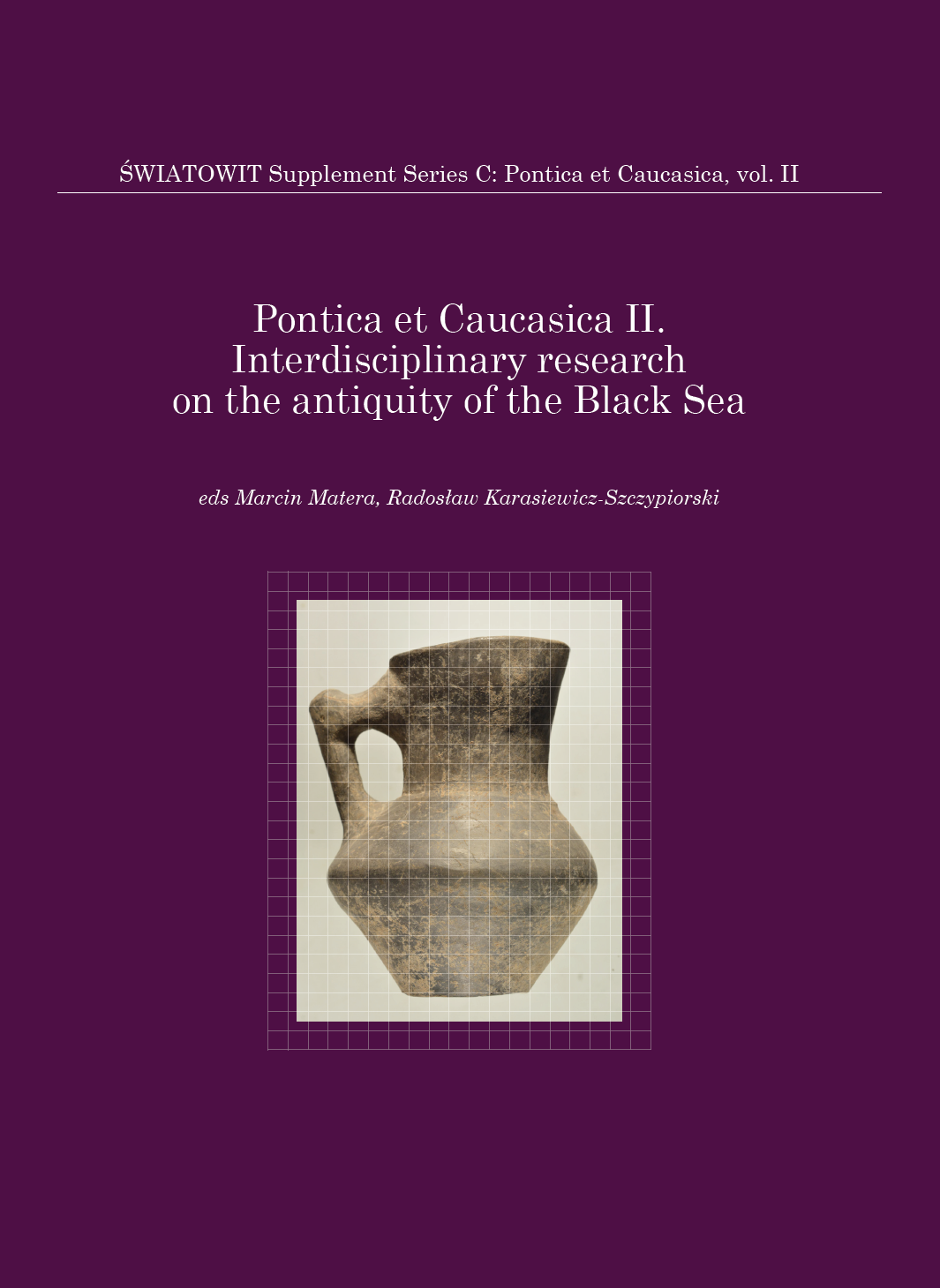Crimean Antiquities as Viewed by Foreigners in the Late Eighteenth and Early Nineteenth Centuries
Crimean Antiquities as Viewed by Foreigners in the Late Eighteenth and Early Nineteenth Centuries
Author(s): Nikita I. Khrapunov
Subject(s): Archaeology
Published by: Wydawnictwa Uniwersytetu Warszawskiego
Keywords: Crimea; travel writing; grand tour; imagology; intellectual history; archaeology; history of historical and archaeological researches; cultural heritage protection; political ideology
Summary/Abstract: This paper presents considerations on the earliest stage of the investigation of the past of the Crimea that started after the first Russian annexation of the peninsula in 1783. Although Russian ideology underlined classical heritage of the northern Black Sea coast, travellers and researchers had their views of the antiquities and used them for different purposes. Travellers discovered the site of ancient Chersonese, supplied information how Scythian Neapolis was found, and made first analyses of old coins discovered in the region. Their travelogues explained the significance of archaeological monuments for European grand tours. However, they also produced long-living phantoms, such as the tomb of Mithradate in Kerch and that of Maria Potocka in Bakhchisarai, or the traces of the great flood in the Crimean mountains; these and other myths are still alive among local residents and tourists. The travellers developed the idea of the Crimea as a substitute of Greece, the must-see area of classical heritage, and suggested that archaeological artefacts should be taken abroad for “better protection”. Many attempts were made to relate modern residents of the Crimea with this or that ancient people known from Herodotus and Strabo, like the Russians as the Greeks or the Karaites as the Melanchleni. Finally, archaeology was used as an “ideological tool” directed on the Russians, accusing them of intentional destruction of cultural heritage. Many of these myths and stereotypes are still alive.
Book: Interdisciplinary research on the antiquity of the Black Sea. Volume II
- Page Range: 233-249
- Page Count: 17
- Publication Year: 2021
- Language: English, Russian
- Content File-PDF

